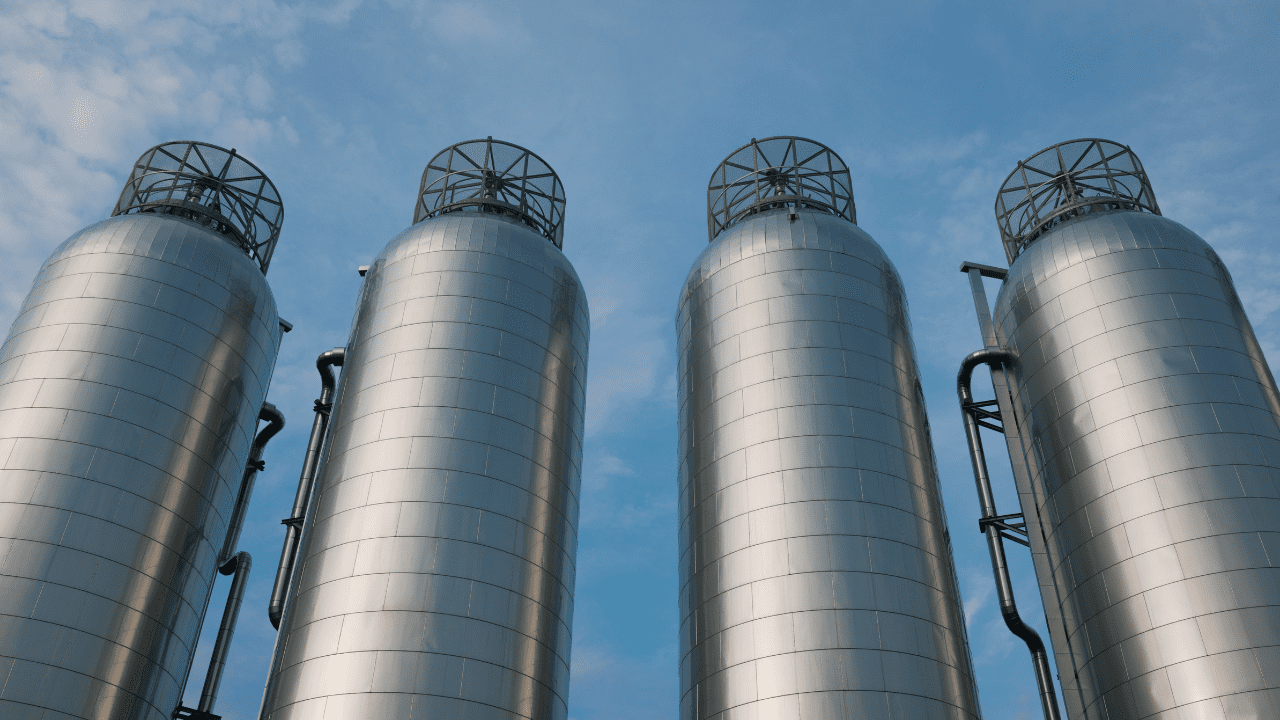District Heating: A Sustainable Solution for Urban Energy Needs
 In cities around the world, a quiet revolution is taking place in how we heat our homes and buildings. District heating, a system that provides heat to multiple buildings from a centralized source, is gaining popularity for its efficiency and environmental benefits.
In cities around the world, a quiet revolution is taking place in how we heat our homes and buildings. District heating, a system that provides heat to multiple buildings from a centralized source, is gaining popularity for its efficiency and environmental benefits.
What is District Heating?
District heating works by pumping hot water or steam through a network of underground pipes to heat buildings. This centralized heating system can use a variety of sources to generate heat, including natural gas, biomass, geothermal energy, and even waste heat from industries or power plants.
Benefits of District Heating
District heating offers several key benefits, making it an attractive option for urban areas looking to improve energy efficiency and reduce environmental impact:
Energy Efficiency: District heating systems are more efficient than individual heating systems in buildings. Centralized generation of heat allows for better control and optimization of energy use, leading to overall lower energy consumption.
Cost-Effectiveness: While the initial setup costs of district heating systems can be high, they often result in long-term cost savings for both providers and consumers. This is because centralized generation and distribution of heat are typically more cost-effective than individual heating systems.
Environmental Sustainability: District heating can use a variety of renewable and low-carbon energy sources, such as biomass, geothermal, and waste heat. This helps reduce greenhouse gas emissions and dependence on fossil fuels, contributing to a cleaner environment.
Reliability and Resilience: District heating systems are known for their reliability, providing a consistent heat supply even during extreme weather conditions. This can be particularly important in cold climates where heating is essential for comfort and safety.
Flexibility and Scalability: District heating systems can be designed to accommodate varying heating needs, from small residential buildings to large commercial complexes. They can also be easily expanded or upgraded to meet growing demand or incorporate new technologies.
Urban Development and Planning: District heating can play a role in urban development by reducing the need for individual heating systems, freeing up space for other uses and contributing to more sustainable urban planning.
Improved Indoor Air Quality: By reducing the reliance on individual fossil fuel-based heating systems, district heating can help improve indoor air quality, benefiting the health and well-being of building occupants.
Energy Security: District heating systems can enhance energy security by diversifying energy sources and reducing dependency on imported fuels, making communities more resilient to supply disruptions.
Applications of District Heating
One of the key applications of district heating is in urban areas, where high population density makes it cost-effective to implement. It can also be used in rural areas, where it can help reduce energy costs for communities that are not connected to the natural gas grid.
Market Research and Insights
District heating market is a rapidly growing market, driven by increasing awareness of energy efficiency and sustainability. Here are some key insights into the market:
Regional Trends: Europe is the largest market for district heating, accounting for over half of the global market share. Countries like Denmark, Sweden, and Finland have well-established district heating systems and continue to invest in expanding their networks. North America and Asia-Pacific are also witnessing growth in the district heating market, driven by increasing urbanization and the adoption of sustainable energy solutions.
Energy Sources: District heating systems use a variety of energy sources, including natural gas, biomass, geothermal energy, and waste heat. Biomass and waste-to-energy are becoming increasingly popular due to their lower carbon footprint.
Technological Advancements: Advances in technology, such as the integration of digital control systems and the use of heat pumps, are improving the efficiency and reliability of district heating systems. These advancements are also making district heating systems more flexible and adaptable to changing energy needs.
The Future of District Heating
The future of district heating looks bright, with ongoing developments in technology and infrastructure making these systems even more efficient and sustainable. As cities around the world seek to reduce their carbon footprint and improve air quality, district heating is likely to play a key role in achieving these goals.
Conclusion
District heating is a proven and sustainable solution for meeting urban energy needs. By providing efficient, reliable, and environmentally friendly heat, district heating systems can help cities reduce their carbon footprint and improve the quality of life for their residents. As the world faces increasing challenges from climate change, district heating offers a path towards a more sustainable future.
Share this post if you find it useful -
-
Facebook
-
Twitter
-
Linkedin
83422+ Reports Delivered
Accurate market data is crucial to a successful business strategy. With an 85% + accuracy in all reports, makes us one of the best and most accurate firms in the world.
Need Customized ReportCall NowRecent Post
-
The Impact of Military Drones on Global Defense Strategies
-
Smart Sensor Electronics: A Game Changer for Consumer Electronics
-
The Future of IT: Key Trends in the Cloud Migration Services Market
-
Dental 3D Printing Market Growth: Innovations and Predictions for 2024
-
Investment Opportunities in the Military Drone Market
